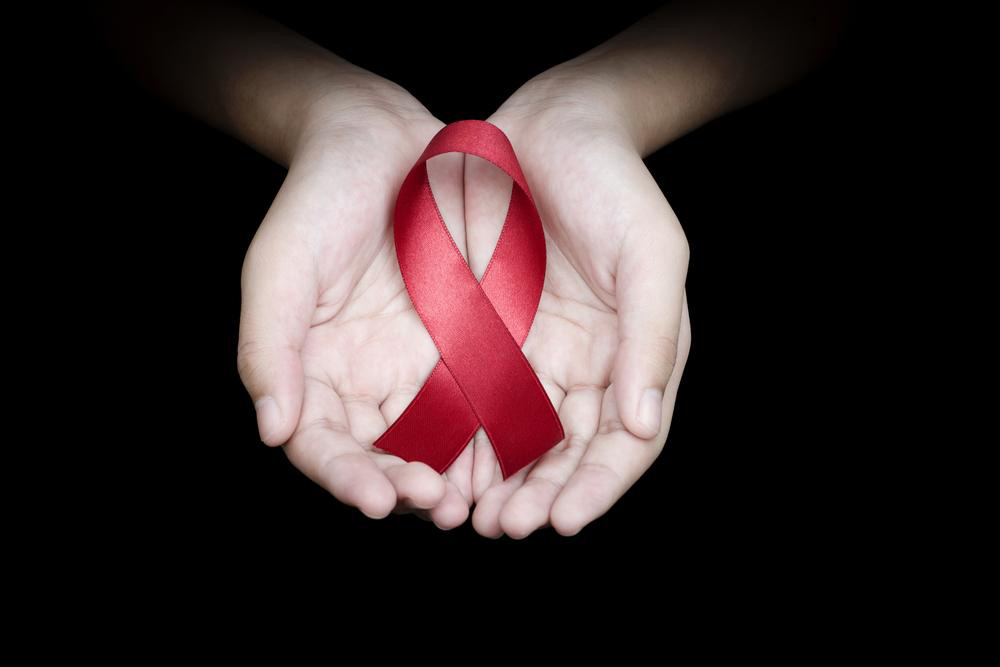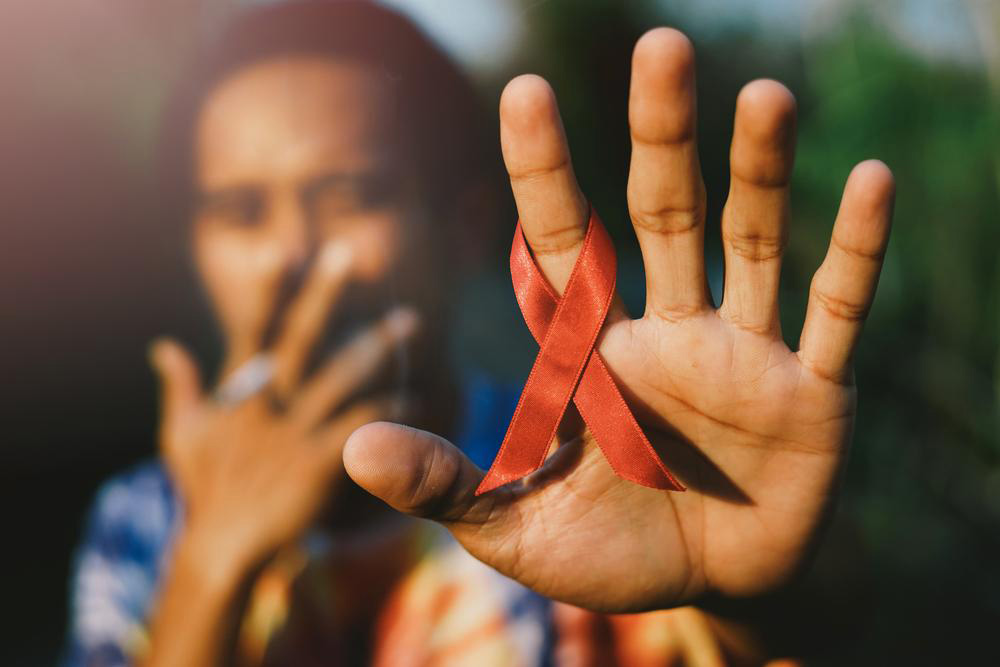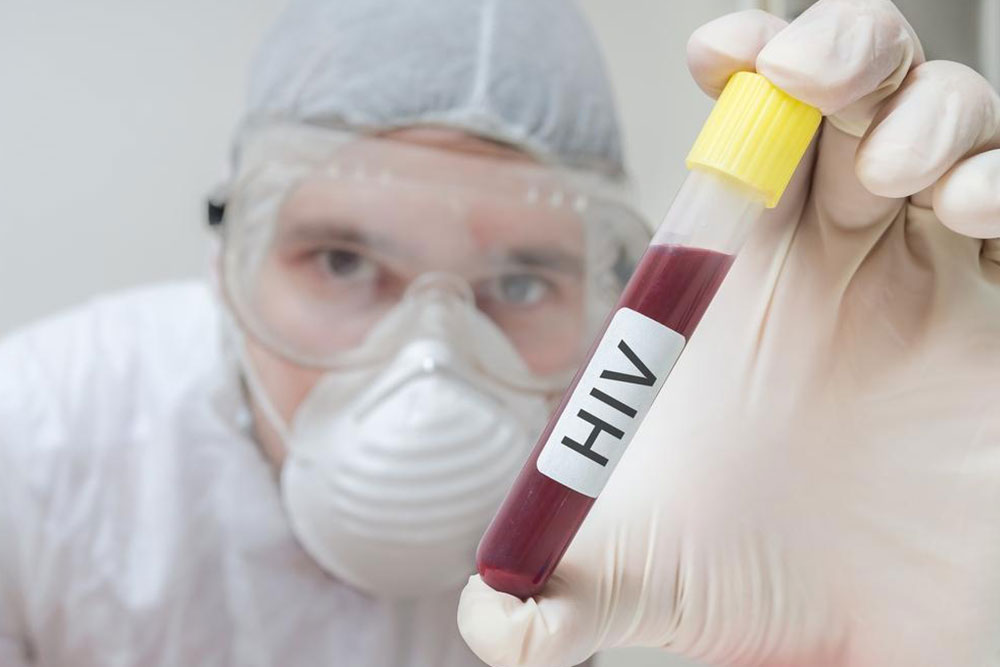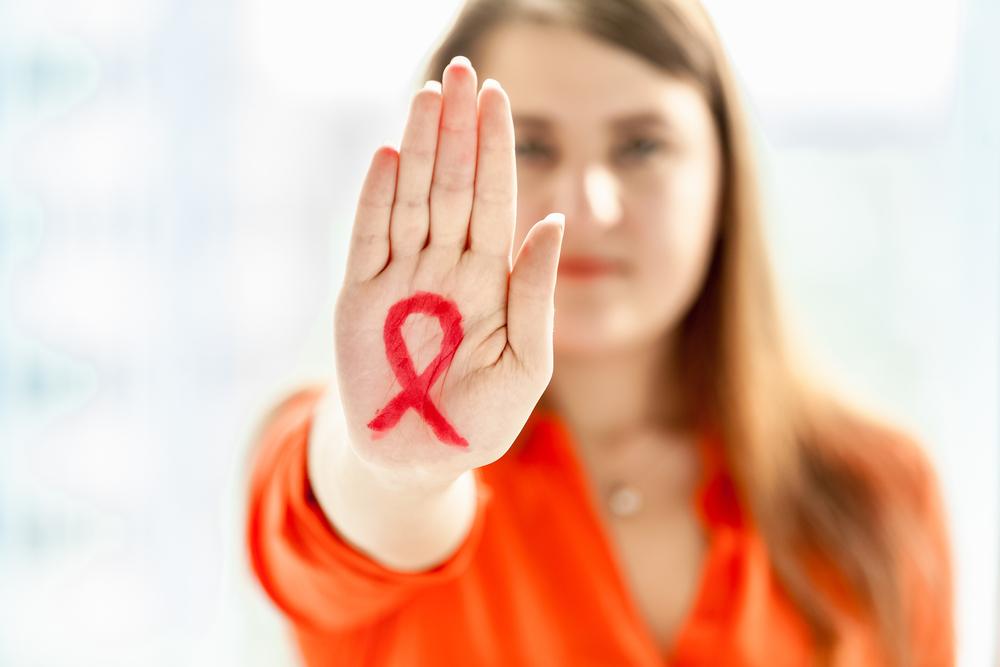Comprehensive Guide to the Top 5 Ways HIV Is Transmitted
This comprehensive article explores the top five ways HIV is transmitted, including sexual contact, needle sharing, mother-to-child transmission, accidental exposure, and blood transfusions. It provides detailed insights into each route and offers practical prevention strategies. Understanding these transmission pathways is crucial for reducing new HIV infections and promoting safer behaviors worldwide. The article emphasizes the importance of education, regular testing, and medical interventions to combat the spread of HIV effectively.

Comprehensive Guide to the Top 5 Ways HIV Is Transmitted
HIV (Human Immunodeficiency Virus) continues to be a significant global health concern, affecting millions of people worldwide. Understanding how HIV is transmitted is crucial not only for individuals at risk but also for communities aiming to reduce new infections through effective prevention strategies. HIV is a virus that specifically targets the human immune system, particularly the CD4 cells (T cells), which are essential for fighting infections. Unlike some other viruses, HIV cannot survive long outside the human body, making its transmission highly dependent on the exchange of specific body fluids. This article delves into the primary routes through which HIV transmits, including sexual activity, needle sharing, mother-to-child transmission, accidental exposure, and blood transfusions.
Gaining comprehensive knowledge about these transmission pathways is vital for implementing effective preventative measures, reducing stigma, and promoting safe behaviors. Striking a balance between awareness and misconception is key to battling the spread of HIV and supporting affected individuals. Here, we explore each transmission method in detail, emphasizing practical precautions and scientific insights to foster informed decision-making and healthier communities.
1. Sexual Activity: The Most Common Transmission Route of HIV
Unprotected sexual contact remains the predominant mode of HIV transmission globally, accounting for approximately 95% of new infections. The risk is significantly heightened during unprotected anal and vaginal intercourse due to the presence of mucous membranes and minor tissue tears, which serve as entry points for the virus. The virus is present in the semen, vaginal fluids, rectal fluids, and blood of an infected individual. When these fluids come into contact with mucous membranes or directly enter the bloodstream during sexual activity, transmission can occur.
It’s important to understand that the risk varies depending on several factors such as the viral load of an infected person, presence of other sexually transmitted infections, and use of protection. Consistent and correct use of barrier methods like condoms greatly reduces the risk of HIV transmission, alongside regular testing and open communication with partners.
Oral sex involves less risk compared to anal or vaginal sex but is not entirely risk-free. The likelihood of HIV transmission during oral sex is considerably lower; however, if the individual performing oral sex has cuts, mouth ulcers, or bleeding gums, or if the partner has a high viral load, the risk increases. Ejaculation in the mouth heightens the chance of infection, especially when oral injuries are present. On the other hand, saliva alone is not a significant transmission medium because it contains enzymes that inhibit the virus, reducing the likelihood of acquiring HIV through receiving oral sex.
Engaging in safer sexual practices, regular testing, and mutual monogamy with an HIV-negative partner are crucial strategies for reducing transmission risks. Preventative measures such as Pre-Exposure Prophylaxis (PrEP) medication can also offer significant protection for high-risk individuals.
2. Needle Sharing and Bloodborne Transmission
Needle sharing remains a critical concern, especially among intravenous drug users. When needles, syringes, or other drug paraphernalia are reused without sterilization, blood from an infected individual can contaminate these implements. If another person uses the same contaminated needle during drug use or medical procedures, the virus can be directly introduced into their bloodstream, resulting in HIV infection.
This transmission route underscores the importance of harm reduction programs that promote needle exchange initiatives, providing sterile equipment to reduce the spread. Education campaigns aimed at people who inject drugs encourage safer practices, including not sharing needles and seeking addiction treatment to eliminate risky behaviors.
In healthcare settings, accidental exposures can occur when healthcare workers experience needlestick injuries or come into contact with contaminated blood. Proper handling of sharps, adherence to universal precautions, and the use of personal protective equipment are vital to preventing occupational transmission.
Preventative measures extend beyond individual actions; public health policies focused on providing access to sterile needles and comprehensive addiction support services are essential strategies in reducing HIV transmission through this route.
3. Mother-to-Child Transmission (MTCT): Risk During Pregnancy, Delivery, and Breastfeeding
Mother-to-child transmission, also known as vertical transmission, accounts for a significant proportion of pediatric HIV cases worldwide. An HIV-positive pregnant woman can transmit the virus to her developing fetus during pregnancy via the placenta or during childbirth through exposure to infected blood and body fluids. Post-birth, the virus can be transmitted through breastfeeding if the mother is not receiving appropriate antiretroviral therapy (ART).
Modern medical interventions have significantly reduced the risk of MTCT. Pregnant women living with HIV are encouraged to undergo regular testing, adhere to ART regimens, and coordinate with healthcare providers to manage their condition. Proper prenatal care and the use of antiretroviral medication during pregnancy, labor, and delivery drastically lower transmission rates—sometimes to less than 1%.
Alternative feeding options, such as formula feeding, are recommended in settings where safe and affordable alternatives are available to prevent postnatal transmission through breast milk. In cases where breastfeeding is necessary due to cultural or economic reasons, continuation of ART reduces transmission risk substantially.
Preventing mother-to-child transmission is a cornerstone of global HIV/AIDS programs, emphasizing the importance of early detection, comprehensive prenatal care, and effective treatment to protect infants from infection and promote healthy development.
4. Accidental Exposure in Healthcare and Other Settings
Healthcare workers and others who handle blood or bodily fluids are at risk of accidental HIV exposure. Such exposure often occurs through needlestick injuries, cuts, or contact with contaminated fluids on mucous membranes or broken skin. Though the risk per incident is relatively low, it is a critical concern due to the potential severity of infection.
To mitigate this risk, healthcare settings implement strict protocols such as the use of gloves, face shields, and proper sharps disposal methods. Needle safety devices and training programs for medical personnel further enhance protection. In the event of accidental exposure, post-exposure prophylaxis (PEP)—a 28-day course of antiretroviral drugs—should be administered within 72 hours to significantly reduce the likelihood of seroconversion.
Public awareness campaigns also inform at-risk populations about safe handling practices and the importance of prompt medical evaluation after potential exposure incidents. Occupational safety remains a primary focus for health authorities worldwide to protect frontline workers.
5. Blood Transfusions and the Critical Need for Testing
Blood transfusions are a rare but potentially high-risk transmission route if blood is contaminated with HIV. Strict screening and testing procedures are in place across medical institutions worldwide to prevent this pathway. Blood banks employ sensitive laboratory tests to detect HIV infection in donor blood, ensuring that contaminated units are not used for transfusions.
These measures have significantly reduced the occurrence of transfusion-related HIV transmission, making blood transfusion a safe medical procedure in developed countries. However, the importance of continuous testing and rigorous screening remains critical, particularly in regions with less developed healthcare infrastructure.
Consumers are encouraged to donate blood regularly and to trust in the safety protocols of blood banks. Medical professionals should always verify that blood products have been properly screened before administration to patients.
Understanding the main transmission routes of HIV empowers individuals and communities to adopt effective preventative behaviors. While the virus’s primary routes involve specific body fluids, comprehensive education, accessible healthcare, and targeted interventions can significantly reduce new infections. Staying informed and practicing safe behaviors remains the best defense against HIV transmission.





